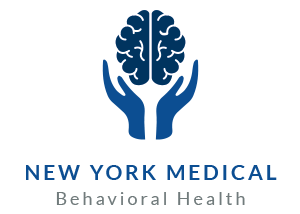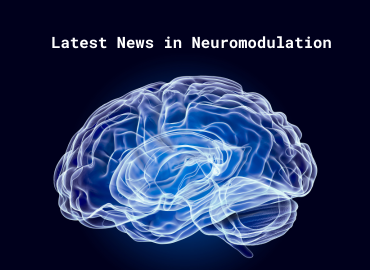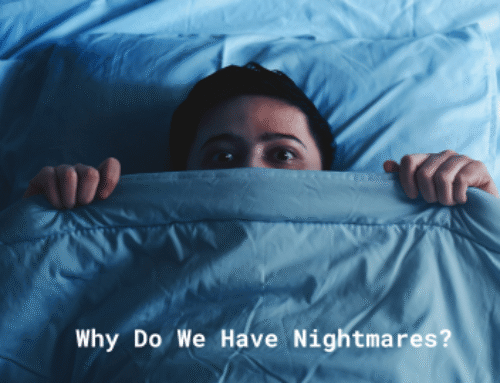Latest News in Neuromodulation
According to the experts at the International Neuromodulation Society(INS), neuromodulation is “a medical procedure that uses electrical impulses or medication to stimulate nerves in the body. The goal is to change the activity of the nerves to treat pain, restore function, or improve symptoms of mental illness.”
There are several different methods of neuromodulation available to the medical field today, such as vagus nerve stimulation (VNS) and electroconvulsive therapy (ECT). Neuromodulation devices are used in the United States to treat maladies like epilepsy, depression, anxiety, and movement disorders like dystonia. Since their introduction, neuromodulation treatments have made significant waves in medicine, and we are monitoring continuous developments with
excitement.
Today, we want to focus on the most recent developments in deep brain stimulation (DBS) and transcranial magnetic stimulation (TMS), the latter of which is our specialty here.
DBS is an approved treatment in the United States for severe movement disorders. Most current neuromodulation devices can only administer continuous, open-loop stimulation, which can lead to treatment plans that are less effective than they could be.
Recent developments are opening possibilities for self-adjusting closed-loop DBS devices contained in a surgically implanted device. This would enable users to engage in a more as- needed approach.
These devices could provide a new range of motion for people with movement disorders, helping with tasks like pouring a cup of water, grasping the TV remote, handwriting, or typing.
Data from this article also gives us news about DBS. Stimulating the anterior nucleus of the thalamus and the hippocampus has been seen to slow the frequency of refractory seizures for people suffering from drug-resistant epilepsy by about 46% to 95%. There will be more, larger- scale clinical trials soon to discover more about DBS, its safety for treating drug-resistant epilepsy, and what individual outcomes show.
We offer TMS at our clinic for the treatment of major medical depression, anxiety, and obsessive-compulsive disorder (OCD) using the latest NeuroStar equipment. TMS is being studied for many other applications as well, from autism to smoking cessation. One avenue for TMS treatment being studied at the moment is the methodology for treating headache pain, particularly migraines. Similar how to we use TMS to treat psychiatric disorders, treating
headaches involves using an electromagnetic coil over the areas of the scalp that cover the
dorsolateral prefrontal cortex, plus the motor cortex. These results will be studied by further panels to discover more about the outcomes and determining how cost-effective TMS for migraines could be.
We hope for positive outcomes as, according to this article, neuropathic pain affects about 7% of the population and is frequently accompanied by depressive symptoms. If we can have a positive effect on both psychological and neuropathic pain at once through administering TMS, that would be a happy thing.
For more on the latest developments in psychiatry and neuromodulation, check out our blog and our services roster. Contact us anytime by writing to us on our website or calling (585) 442-
6960.




